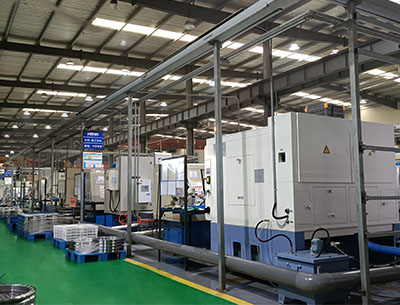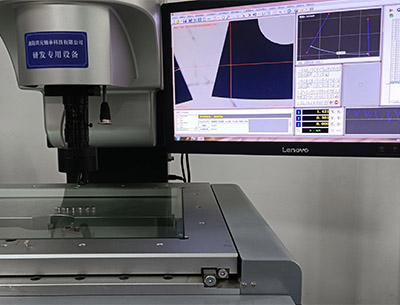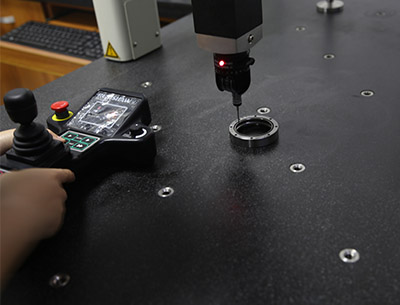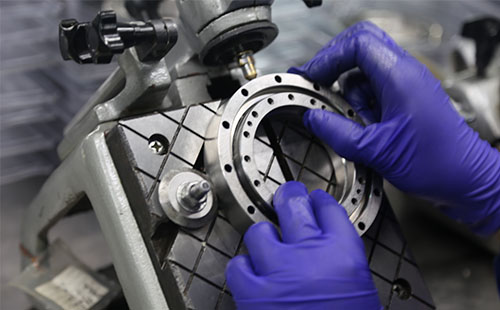Luoyang Hongyuan Bearing Technology Co., Ltd.(HONB) was established in December 2005, located in Luoyang Konggang Industrial Cluster. There are currently north and south plants, with office and production plant area of 55,000 square meters. Currently, there are over 630 employees on site. HONB focus on researching, developing and manufacturing precision bearings and extension products.
More















 ADD:Chuangye Road, Konggang Industrial cluster district, Luoyang city, Henan province, China
ADD:Chuangye Road, Konggang Industrial cluster district, Luoyang city, Henan province, China
 Phone:18838816321
Phone:18838816321
 Tele:0379-63086103
Tele:0379-63086103
 QQ:1553564138
QQ:1553564138
 WeChat:HONBbearing02
WeChat:HONBbearing02